The led DOESN'T receive 5 V across its terminals
But it only DROPS some amount of voltage across it
Any Diode has a property called Forward voltage this is simply the amount of voltage that is needed to turn this diode on (Let the current flows through it)
Lets assume your LED has a forward voltage = 1.7 V
And this LED is connected in Series with a 250 Ω resistance
Two possible configurations could be achieved
- Source -> Resistance -> LED -> GND
- Source -> LED ->Resistance ->GND
For the 1st configuration

If we measured the voltage drop across the resistance it will be
3.3 V
So your source provided 5 V , 3.3 V dropped across the resistance and 1.7 V dropped across the LED (Forward voltage) The sum of the voltage drop across the circuit elements must equal to 5 V (3.3 + 1.7) Not more or less than 5
For the 2nd configuration

Same this will happen (1.7 V dropped across the LED , then 3.3 V are dropped across the resistance
So it DOESN'T matter where is the resistance as long as its connected in series with the LED
So why we put the resistance ?
Well in many electronics books this resistance is called the "Current limiting resistance" its used to avoid short circuits and its value is used to control the amount of current flowing in your circuit without this resistance huge amount of current will flow and burn your LED
What does this resistance has to do with the brightness of the LED?
Well as mentioned , the MORE the value of this resistance the LESS the amount of current flows in your circuit , the LESS the LED brightness
How can i control the brightness of the LED ?
You will need to know how much current is following in your circuit , since your circuit contains only a resistance (250 ohms) and a diode , Neglecting the resistance of diode
The amount of current is (Source voltage / Resistance) <- ohm`s law

